
Visitors view replicas of Chinese rockets at an aerospace exhibition in Wuhan, (Hubei province. [CHINA DAILY)
Research role
In May 2011, Qian's university established the Planetary Science Institute, with the aim of spearheading research in lunar and planetary science.
The institute organized a lecture at the university to present its research findings. Qian attended the lecture, finding it deeply interesting. That night, he wrote a letter to a senior professor at the institute, stating that he wanted to contribute to furthering China's space endeavors.
Impressed by Qian's ability and enthusiasm, the professor accepted him as his research student — giving Qian access to national lunar research.
Under his mentor's guidance, Qian conducted a lot of research based on data collected by Chang'e 3 and Chang'e 4. He also supported a prelaunch study for Chang'e 5.
The Chang'e 5 mission team aimed to select the best landing site from a 50,000-square-kilometer preselected zone.
Qian remained in his laboratory for many days, extensively reviewing remote sensing archives of the moon's surface captured by satellites. He discovered the eastern region of the preselected zone may contain basalts that are about 2 billion years old — potentially making subsequent soil collections younger than any previous samples secured by other nations, such as the United States and the former Soviet Union.
Such samples could provide insights into the moon's formative history. Given the similarities between early lunar and Earth environments, this could also help scientists unravel the secrets of the Earth's early history.
Qian released a paper suggesting the landing site for Chang'e 5, stimulating extensive discussion among scientists and the mission team.
Chang'e 5 was due to launch in 2017. However, in July that year, the project experienced a significant setback when the Long March 5 large carrier rocket, which is the main booster of Chang'e 5, failed to lift off.
Engineers swiftly launched an emergency investigation into the cause of the failure.
This was also a distressing time for Qian. "As the Long March 5 was a critical project, the problem had to be tackled quickly. However, the timeline was uncertain, and I found this deeply worrying," he said.
While closely following news reports about the Long March 5 and Chang'e 5, Qian continued his doctorate research at his university, while remaining focused on lunar studies.
The Long March 5 was finally launched in November 2020, taking Chang'e 5 skyward.
The probe landed precisely where Qian recommended, collecting 1,731 grams of samples. In addition, analysis of the soil confirmed Qian's research. The soil is nearly 1 billion years younger than any previous lunar volcanic deposits returned to Earth.










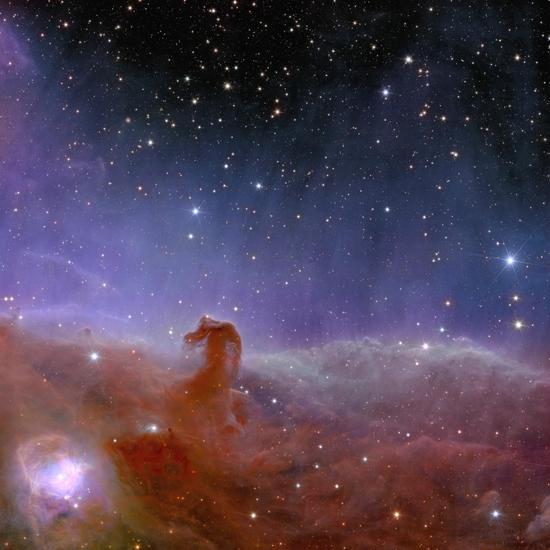
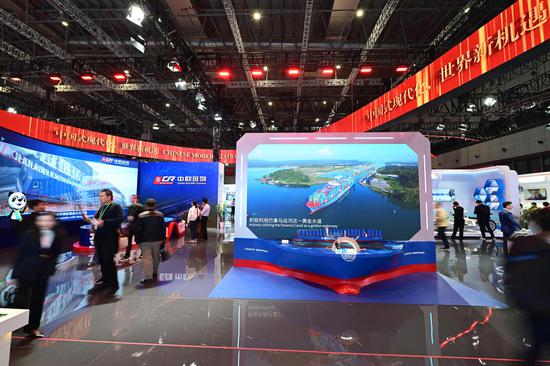
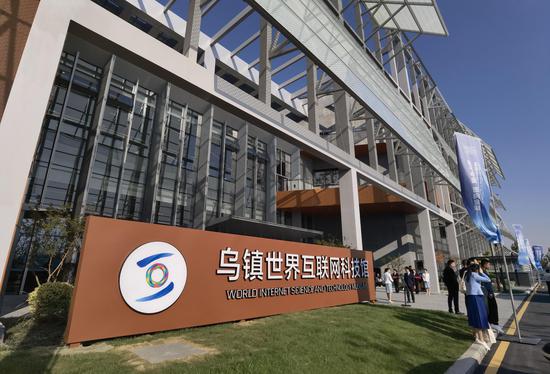
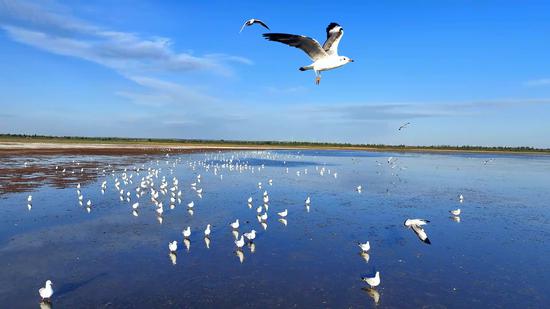

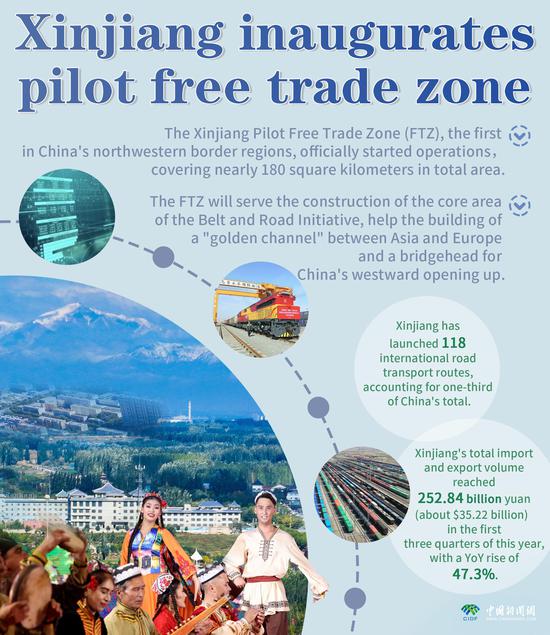


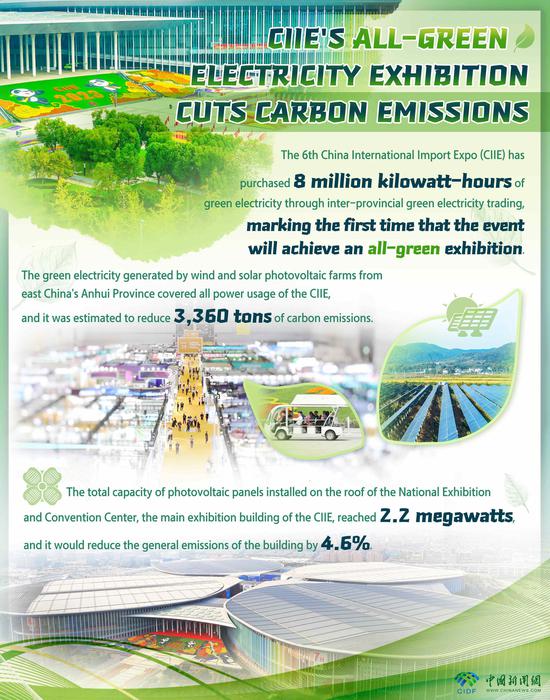



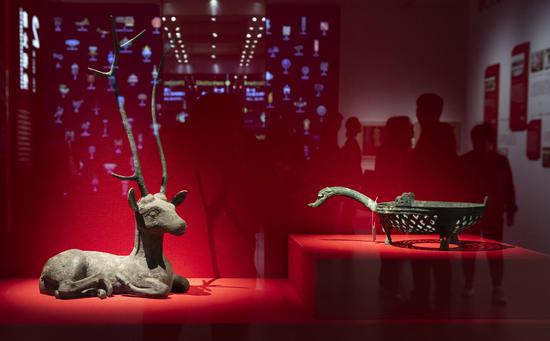
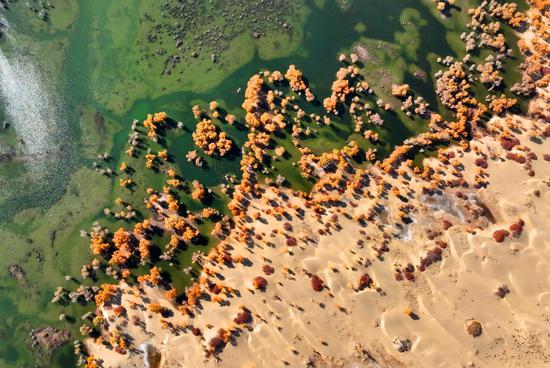




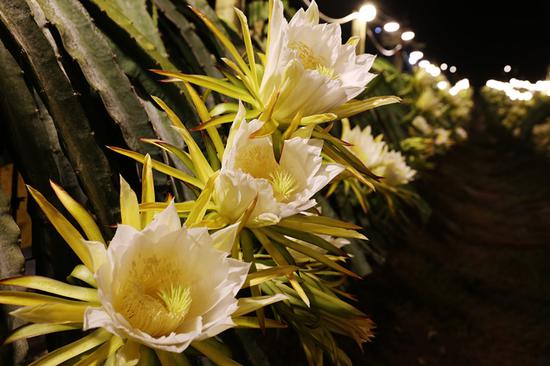


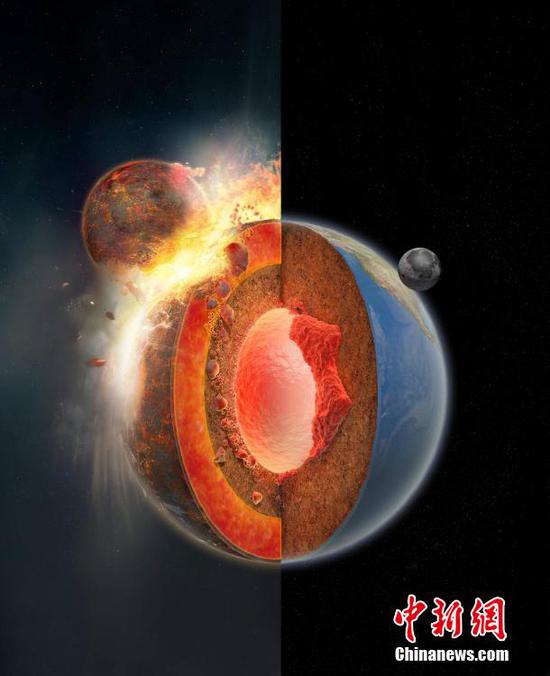
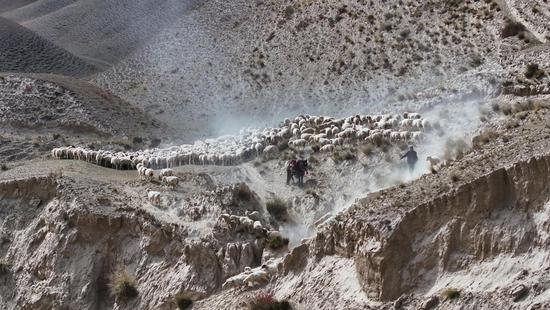
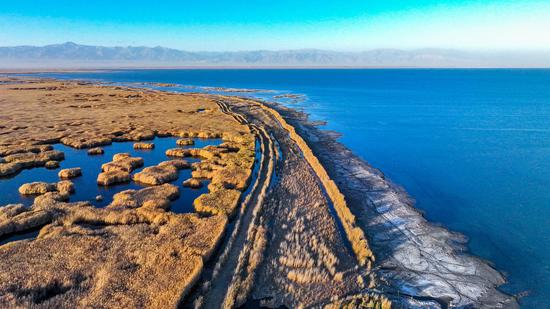


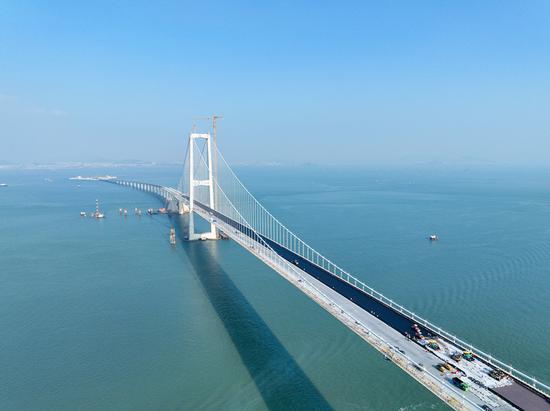


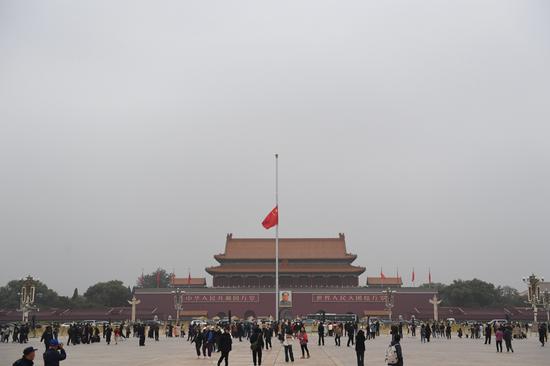
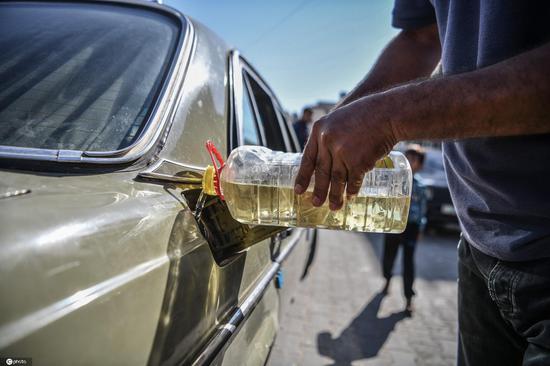
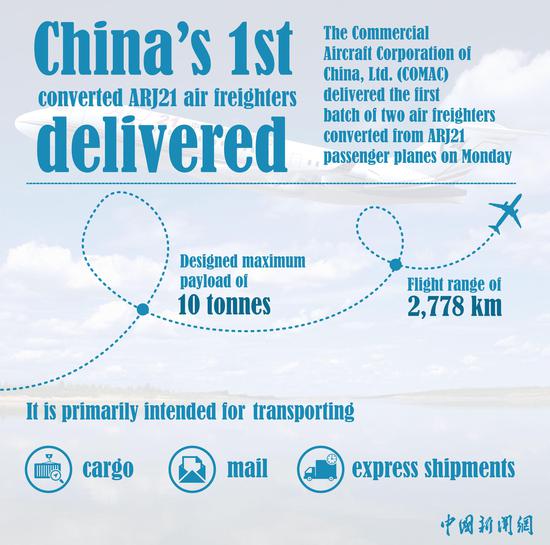
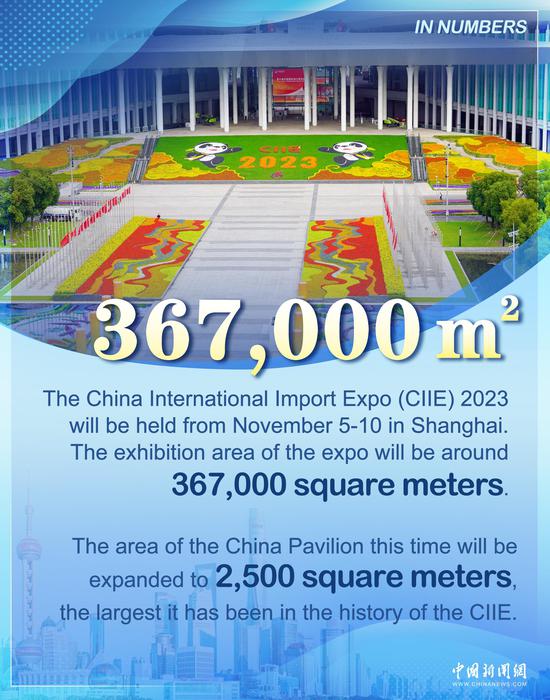
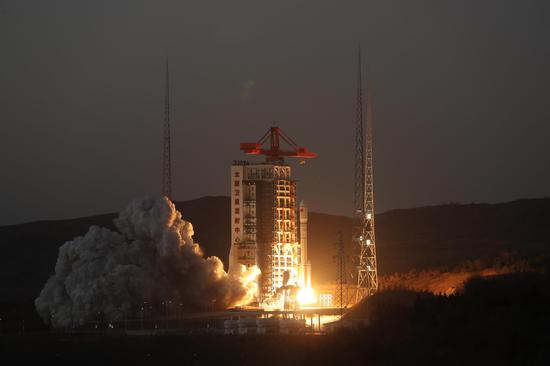
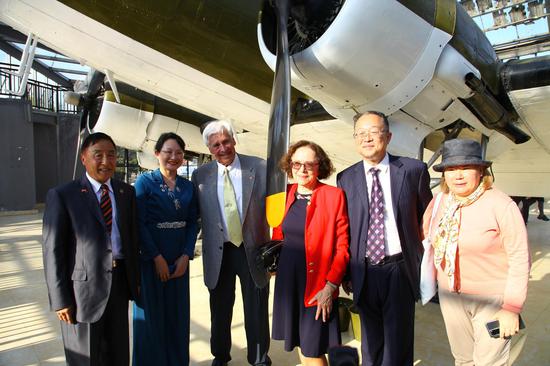





 京公网安备 11010202009201号
京公网安备 11010202009201号